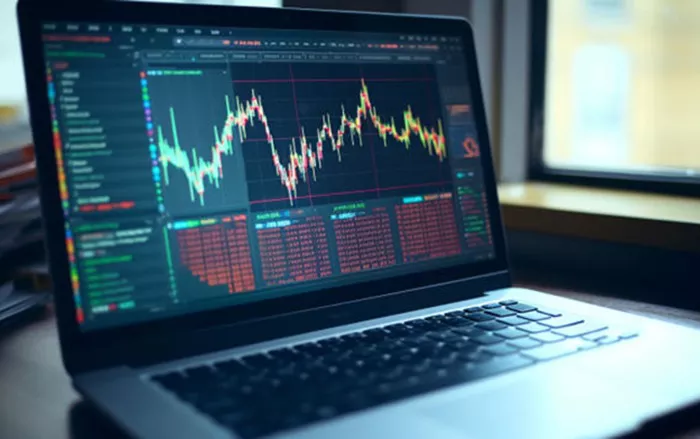Global stock markets remained resilient on Monday, as investors navigated geopolitical shocks and focused on the positive economic outlook from the U.S. Despite a weekend of escalating tensions in the Middle East and concerns over political instability in France and South Korea, stocks firmed, and both oil and gold prices edged higher.
As market attention shifts toward U.S. inflation data this week, which could solidify expectations for a December rate cut, the overall sentiment suggests cautious optimism, with major indices continuing to break records.
Despite the dramatic fall of Syrian President Bashar al-Assad’s regime over the weekend, investors appeared largely unfazed, with oil prices rising by 1.3% to $72 per barrel by 0840 GMT. The geopolitical turmoil in the Middle East, while concerning, did not spark the level of volatility typically expected from such events, signaling that investor sentiment remains rooted in a positive economic outlook for the U.S.
In France, political uncertainty continues to unsettle markets, with President Emmanuel Macron’s government facing challenges following the collapse of Michel Barnier’s minority administration over an austerity budget. Meanwhile, in South Korea, tensions from a brief martial law declaration have added to the uncertainty, contributing to volatility in Asian markets.
Despite these challenges, the overall resilience of global markets can be attributed to a series of positive economic indicators from the U.S., especially last Friday’s U.S. monthly employment report.
The November payrolls report, which showed the creation of 227,000 jobs, exceeded expectations of 200,000 and brought welcome relief to market concerns about an economic slowdown. The report, however, was not robust enough to completely rule out a Federal Reserve rate cut in December, with analysts now expecting an 85% chance of a quarter-point cut at the upcoming December 17-18 meeting.
This dovish outlook has buoyed investor sentiment, as it suggests a continued accommodative stance from the Fed. Furthermore, the dollar index held steady at 106, with the euro remaining unchanged at $1.0566, as investors brace for central bank decisions later this week, including a likely rate cut from the European Central Bank (ECB) and potential moves from the Swiss National Bank and Bank of Canada.
On Wall Street, U.S. stock index futures rose by 0.1%, building on last week’s record highs for the S&P 500, Nasdaq, and Russell 2000. This strong performance comes despite geopolitical unrest and softer-than-expected data from some international economies.
David Morrison, a market strategist at Trade Nation, emphasized that the market’s current momentum is primarily driven by the U.S. “Trump rally,” which continues to unfold without a significant pullback. The feeling among investors is that the market is marching ahead, with little room left for new long positions unless they are willing to pay a premium.
“The question is whether this rally can continue with limited opportunities for fresh longs to come in,” Morrison noted, reflecting the current market sentiment that investors are hesitant to miss out on the ongoing bullish run.
As investors eagerly await the U.S. consumer price index (CPI) report scheduled for Wednesday, expectations point to a core inflation rate of 3.3% for November. This would provide further validation for the market’s anticipation of a rate cut by the Fed, with inflation data likely playing a pivotal role in shaping monetary policy for the coming months.
The market is pricing in a continued path of rate cuts, with a terminal rate expected to reach 1.5% by the second half of next year. Barclays economist Christian Keller noted that with political uncertainty running high and conflicting data from both hard and soft indicators, central banks are expected to continue playing a dominant role in supporting global economic activity.
Gold prices edged up 0.6% to $2,648 per ounce amid ongoing geopolitical uncertainty, with the precious metal finding support as a safe-haven asset. However, gold faces resistance around $2,666, a level it has struggled to break through in recent weeks.
The continued volatility in the Middle East and other global uncertainties are likely to keep demand for gold relatively strong, as investors seek stability in times of geopolitical and economic stress.
This week promises to be pivotal, with several major central bank meetings scheduled. In addition to the ECB’s anticipated rate cut, the Swiss National Bank and Bank of Canada are both expected to consider rate cuts in light of slowing inflation and mixed economic signals.
As geopolitical uncertainty persists, the market is relying heavily on central banks to steer the global economy. Without strong political leadership in key European capitals like Paris and Berlin, monetary policy remains the primary tool for driving economic activity, with many economists forecasting consecutive rate cuts into next year.
Read more:

